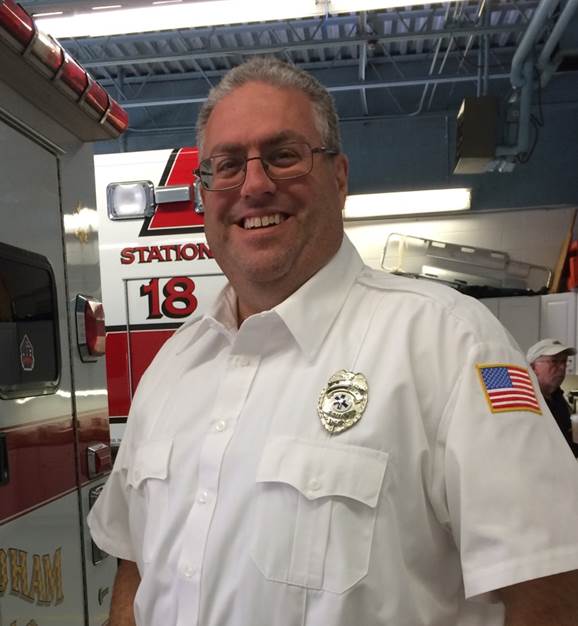|
As we come to the last few weeks of the EMT course, it seems that we are also coming full circle, revisiting early class materials on the lifecycle of human development. One of the more interesting aspects of our current study is the process of childbirth, and the EMT skills that support it.
Needless to say, this has made for some humorous practical skill sessions,mostly involving EMT students trying not to laugh as their peer is arm deep in the abdomen of the mother (delivery) mannequin, trying to emulate the birth process by pushing the baby mannequin out (with appropriate grunting sounds made entirely by accident in most cases). Actually, this whole course has been a series of cycles, where basic human anatomy and EMT assessment skills are introduced, and then reviewed and re-introduced with deeper levels of understanding in terms of how to care for both medical and trauma-based emergencies.
So it seems fitting that we once again revisit how our patients come in to this world, grow and age, and leave us as well. Pediatric patients, from newborns to toddlers, school age kids to adolescents, all present differently when experiencing physical, emotional, or psychological crises that often require EMS intervention. Some of this is due to cognitive differences, while others are purely physical ones. Similarly, our older adult and geriatric communities present their own challenges, in terms of age-related diseases and normal sensory and musculo-skeletal changes that take place as we grow older. As a result, we are now learning to focus on the different "new normals" for vital signs and patient care that come when dealing with both our older and younger patient populations, in order to hone our 'index of suspicion" skills and ensure that we are providing appropriate care that "does no further harm." Geriatric patients can present specific challenges with lifting & moving, such as the potential to cause injuries in patients with osteoporosis. Similarly, assessment of infants and children is often performed in a slightly different way, due to their limited developmental capacity to directly answer questions that are often better answered by parents or caregivers. So we keep going 'round and 'round in our practical exercises, being pushed to keep an open mind while at the same time learning how to prioritize the critical life-threatening elements of the situation as we perceive them at any specific point in time. The situations and scenarios are a bit more real-life now, and as students, we're starting to see our instructors crank up the stress levels a bit for us to complete tasks within allotted timeframes, much like we often have to move with urgency in the field.
0 Comments
Your comment will be posted after it is approved.
Leave a Reply. |
AuthorJon Alperin, one of our MFAS volunteers, shares his journey to becoming an NJ certified EMT. from the Start
Here is Jon's journey, presented in time order:
Archives
June 2016
Categories
All
|


 RSS Feed
RSS Feed
